Piston Pump

What is a Piston Pump and What are its applications?
A piston pump is one of the most widely used and powerful pumps, employed in various industrial applications. It is a type of positive displacement pump and, as its name suggests, it pumps fluid through the forward and backward movement of a piston. This pump has unique characteristics such as a very wide range of flow rate and pressure, making it suitable for many applications.
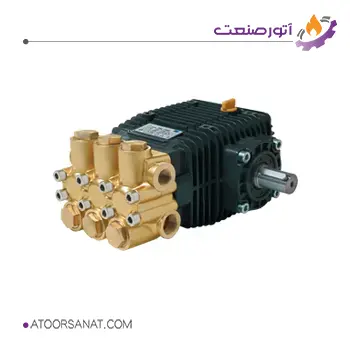
Features
- Country of Origin: Italy
- Output Pressure: 150 to 200 bar
- Applications: For use in traditional and modern car washes, washing systems, irrigation systems, etc.
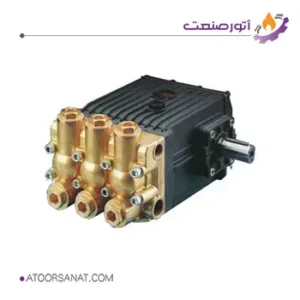
Features
- Country of Origin: Italy
- Maximum Pressure: 200 bar
- Applications: For use in traditional and modern car washes, washing systems, irrigation systems, etc.
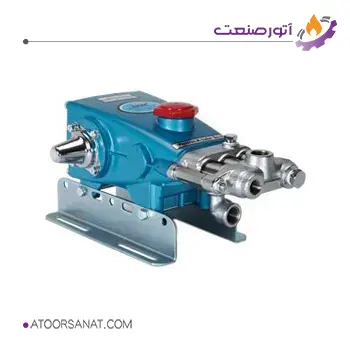
Features
- Country of Origin: USA
- Pressure Range: 7 to 700 bar
- Applications: For cleaning industrial equipment, pipes, rust, oil, etc.
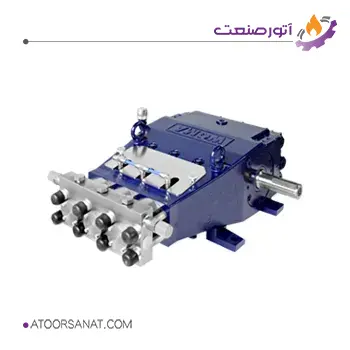
Features
- Country of Origin: Germany
- Maximum Pressure: 3000 bar
- Applications: For activities such as industrial cleaning like rust removal, etc.
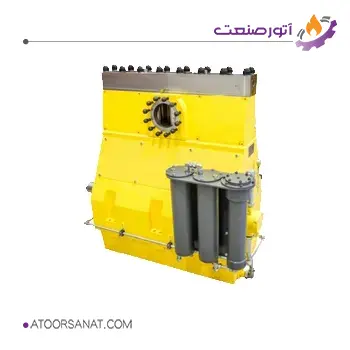
Features
- Country of Origin: Germany
- Pressure Range: 210 to 3800 bar
- Applications: For cleaning various types of industrial equipment, rust removal, cutting, demolition, seawater transfer, etc.
Piston Pump Operation
Numerous designs exist for these pumps, each possessing distinct characteristics suitable for specific applications. Thus, examining the structure of each design is imperative for correct selection and utilization. Subsequently, we will investigate the general structure and process of several common piston pumps.
- Axial Piston Pump:
In this type of pump, the number of pistons is usually 9, and only the number of odd pistons is used. Two designs exist: fixed displacement and variable displacement pistons. In fixed displacement designs, a shaft driven by an electric motor or internal combustion engine provides the necessary power for rotation. The pistons, cylinder block, and swash plate are driven by the shaft. The pistons are connected to the swash plate via ball joints and are housed within the cylinder block.
Consequently, as the swash plate rotates, it induces a forward and backward movement of the pistons. When the cavity in the cylinder block reaches its maximum volume, the piston begins its forward stroke, and with the opening of the outlet valve, the fluid is pumped out. After this process, as the piston returns, a suction is created, and fluid is drawn into the pump. All pistons undergo this cycle, thereby transferring fluid.
In the variable displacement configuration, the cylinder block and pistons remain stationary, with piston movement restricted to forward and backward motion. As illustrated, the rotation of the shaft and swash plate modifies the distance between the plate and the cylinder block, causing the pistons to advance or retreat. The subsequent process mirrors the previous design.
In axial piston pumps, instead of a swash plate, a flat plate can be utilized by altering the shaft and piston angles. This achieves the same effect as the swash plate. This type of pump is known as a bent axis axial piston pump. The operation and principles of this pump are no different from previous designs.
- Radial Piston Pump:
In this type of pump, the main shaft drives the rotor. The rotor in this pump is a component whose rotational axis is far from the shaft’s rotational axis. Hence, as the shaft rotates, the rotor revolves around the shaft, approaching and subsequently distancing itself from the cylinder block of each piston with each rotation. The rotor can assume various shapes based on the manufacturer. The accompanying image depicts a pentagonal rotor due to the utilization of five pistons.
To comprehend the pump’s operation, consider the uppermost piston. When the rotor occupies its highest position, the piston chamber’s volume is at its minimum. As the rotor initiates clockwise rotation, this volume commences to expand. During this phase, fluid is ingested into the piston. Upon the rotor reaching its lowest position and subsequent upward movement, the piston initiates upward motion, elevating fluid pressure. At this point, the outlet valve opens, and fluid is pumped.
Components of a Piston Pump:
Piston pumps, when compared to other pump types, exhibit a more intricate design and incorporate a greater number of components. Moreover, the arrangement and specific components can vary between radial and axial designs. To foster a deeper understanding of pump operation, let’s examine several essential components.
Suction Pipe: This pipe draws fluid from a reservoir or pipeline.
Suction Valve: A pivotal component of the pump, the suction valve is a non-return valve. It permits fluid to enter the pump but prevents backflow during pressure increases.
Pressure valve: This valve is also a one-way valve, which is necessary for the pump to function. It remains closed during suction and opens when fluid pressure rises during pumping.
Discharge Pipe: This pipe directs the fluid to the desired location or elevation and connects directly to the Pressure valve.
Cylinder Block: The piston and piston rod reside within the cylinder. Fluid enters the cylinder through the suction valve. The cylinder is typically constructed from cast iron or iron alloys.
Piston and Piston Rod: The piston, a rigid metal component, executes the pumping action through its reciprocating motion. The piston rod connects the piston to the swash plate.
Crankshaft: In radial pumps, an eccentric rotary element drives the crankshaft. In axial pumps, the swash plate (or a flat plate in bent-axis axial pumps) fulfills this function.
Strainer: A filter located at the inlet to prevent the ingress of solid particles. Without a strainer, solid particles can obstruct the fluid flow.

